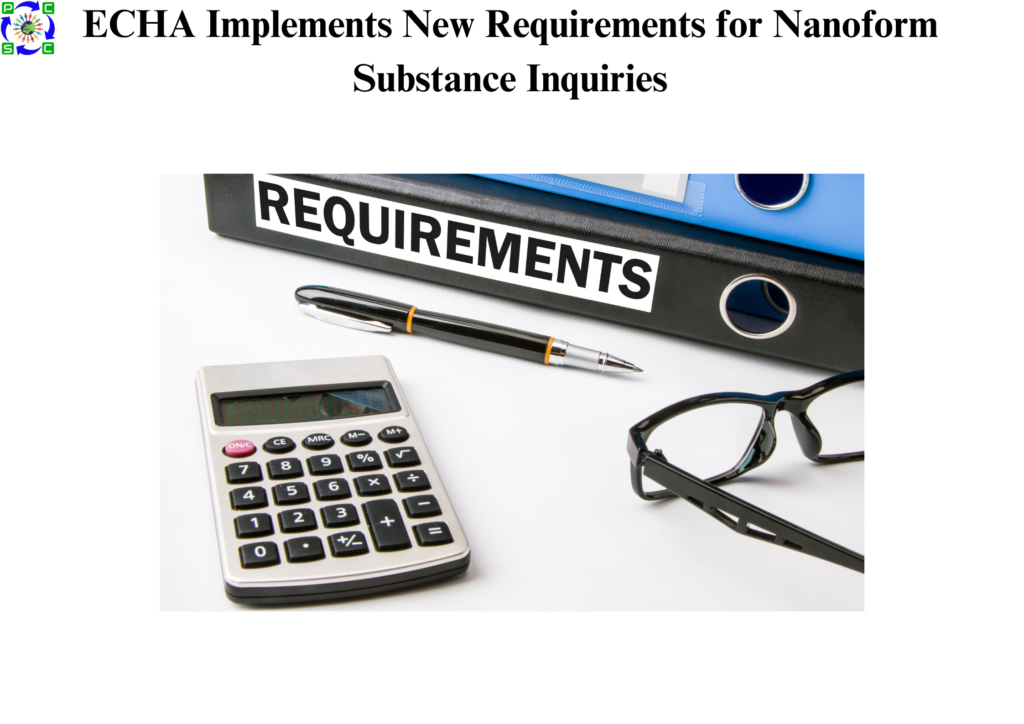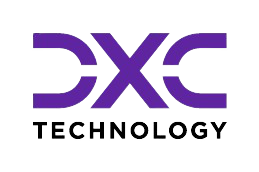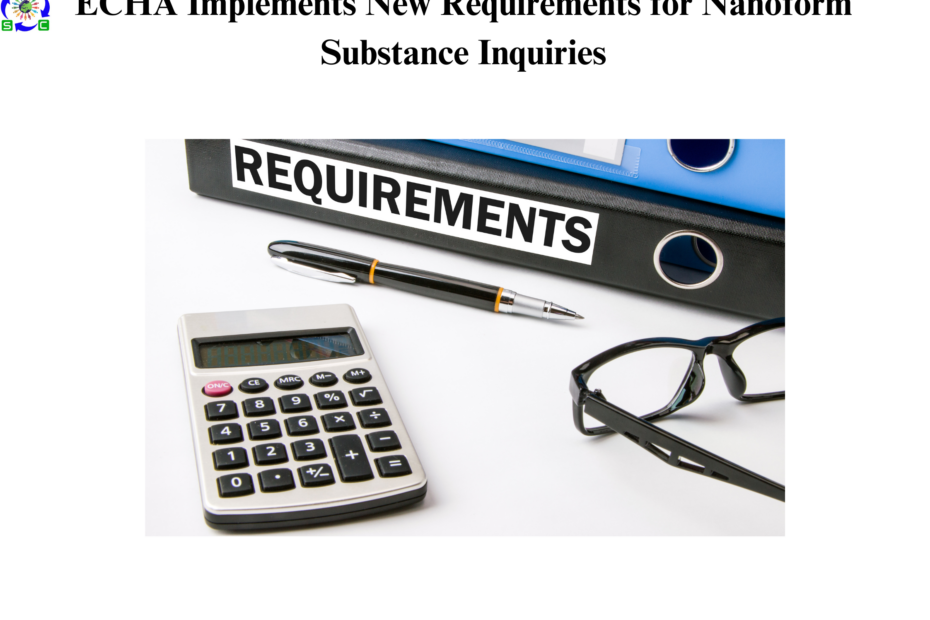 The European Chemicals Agency (ECHA) has introduced additional requirements for inquiries related to Carbon Black (CAS 1333-86-4 | EC 215-609-9), highlighting key compliance gaps:
The European Chemicals Agency (ECHA) has introduced additional requirements for inquiries related to Carbon Black (CAS 1333-86-4 | EC 215-609-9), highlighting key compliance gaps:
Key Issues
- Missing Nanoform Data
Under REACH Annex VI, manufacturers and importers must provide detailed substance identification. Given that Carbon Black is produced in nanoform, registrants are required to report:
- Particle size distribution, including the proportion of particles within the 1–100 nm range
- Surface treatment or functionalization details
- Morphological characteristics (shape, aspect ratio)
- Specific surface area
However, many registration dossiers lack nanoform-specific data in Sections 1.2 (Substance Composition) and 1.4 (Analytical Reports). Some registrants have attempted to classify Carbon Black as non-nanoform based solely on particle size metrics (e.g., D10: 0.3 μm, D50: 2.2 μm, D90: 6.3 μm) without specifying testing methodologies or providing crucial electron microscopy images and sample preparation protocols—key evidence for nanoform classification.
- Insufficient Analytical Methods & Results
Many registrants rely on routine tests such as elemental analysis, X-ray diffraction (XRD), and thermogravimetric analysis-differential scanning calorimetry (TGA-DSC). However, these methods are inadequate for precisely quantifying Carbon Black’s primary components or detecting impurities, particularly volatile organic compounds (VOCs) such as polycyclic aromatic hydrocarbons (PAHs).
To ensure regulatory compliance, manufacturers should implement more advanced analytical techniques, including:
- Gas Chromatography-Mass Spectrometry (GC-MS), Gas Chromatography-Flame Ionization Detector (GC-FID), or High-Performance Liquid Chromatography (HPLC) for PAH identification and quantification
- Comprehensive methodological documentation to improve data accuracy and reproducibility
Recommended Actions
To maintain compliance and facilitate EU market access, nanoform substance manufacturers should:



Implementing these measures will improve dossier quality and support sustainable market access within the EU.
Stay ahead in sustainability compliance with Global PCCS —where expert insights meet the latest regulations. Unlock a future where compliance fuels sustainability, helping your business thrive in a greener, well-regulated world. For more information, contact us at info@globalpccs.com








 Authorised IMDS & CDX Training & Consulting partner for
Authorised IMDS & CDX Training & Consulting partner for






